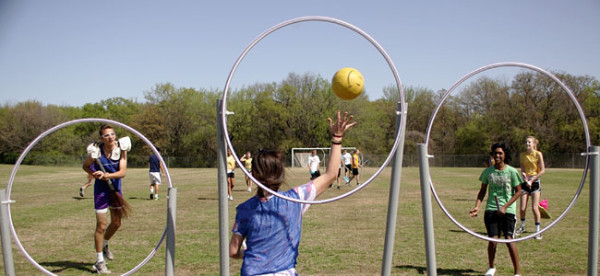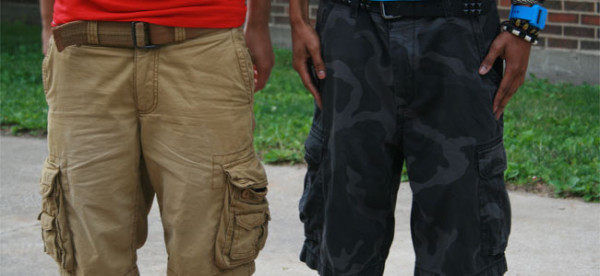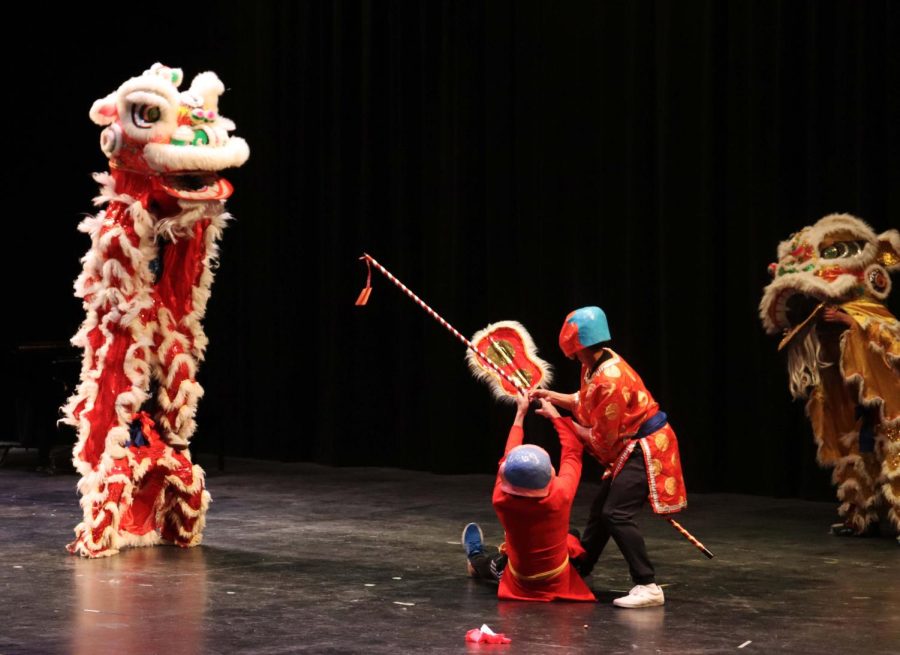Breaking free from the binds of J.K. Rowling’s infamous series, Harry Potter, Quidditch has made its way to colleges and might be even closer to you than you think.
In Harry Potter, Quidditch is a sport played among all the wizards on broomsticks.
The gameplay includes three goal posts on each side, and two different teams.
Each team is comprised of three chasers, two beaters, one keeper, and one seeker.
Additionally, the game involves four balls: the quaffle, two bludgers, and the Golden Snitch.
The goal of Quidditch is like any other sport: score more goals than the opposing team. According to the IQA ( International Quidditch Association), they have three goals: to foster a culture of creativity, to create, connect and enhance their communities; and to facilitate competition.
In order to make the game of Quidditch as much their own as possible, the IQA made some changes to the rules: each team would have seven athletes, playing four different positions, and using the three different balls.
Currently, the rules are as follows:
Each player must have a broomstick in between their legs at all times. Each team must have three chasers, two beaters, one keeper, and a seeker.
The quaffle is a volleyball and is used to score goals, which are worth ten points a piece.
The keeper defends the goals, and the beaters uses balls called bludgers to ‘knock out’ other players to prevent them from scoring.
Each team has a seeker whose sole purpose is to go after the Snitch. The Snitch is a tennis ball within a tube sock which is tucked into the waistband of the Snitch runner.
The Snitch runner is not a part of either team and is not required to have a broomstick.
He or she can use any means necessary to get away from whoever is trying to capture the Snitch. The game does not end until the Snitch is successfully captured; allowing the team who captured it to gain thirty points.
If the two teams are even, they go into overtime like any other sport.
In 2005, Middlebury College held the very first Quidditch game, which has spawned a chain reaction resulting in 100 teams and 2,000 athletes joining in for the chance to win the World Cup.
“I love it. Although, with the books at an end, it brings me a sense of nostalgia,” said social studies teacher Laurel Maslowski.
Looking to attend a college and potentially participate in Quidditch?
The top five schools are: Middlebury College, University of Kansas, Louisiana State University, Texas A & M, and Emerson College.
Not only does Quidditch offer students an alternative sport, it also does not gender discriminate.
“It’s cool, I’ve read the books and seen the movies,” said senior Christian Folsom.
Additionally, junior students Max Irby, Al Canole, and Craig Fanniel have been working hard to establish a Quidditch Club at Northtown.
“Right now, us captains meet every Tuesdays and Thursdays to practice. When it comes to the expenses of the club, we plan on fundraising to afford the costs of equipment, uniforms, and anything else that has funds,” said Fanniel.
Sponsoring the soon-to-be Quidditch Club is Spanish teacher Joaquin Cuni.
“This club is an opportunity to know other students,exercise, and share your passion for the world of Harry Potter,” said Cuni.
If you’re interested in joining, see captains Craig Fanniel, Al Canole, or Max Irby. Tryouts are being held this week.
If you want to try out, meet in front of the foyer in front of Gym 3. The tryouts will be outside, so dress warmly.
“People trying out should be aware that this is a sport and all three of us are all very serious about it,” said Irby.
Quidditch is spreading quickly throughout the nation, and even though players aren’t flying on their broomsticks, they’re soaring towards making this new sport popular and unique.
To learn more: visit www.internationalquidditch.org









